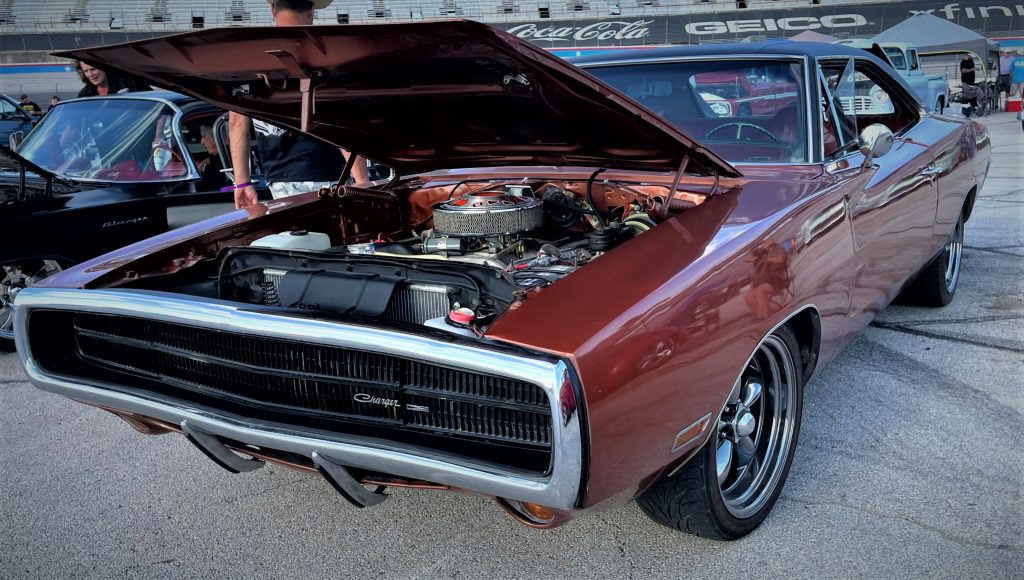You’ve got questions, we’ve got answers. We work with the Summit Racing tech department to help you tackle your auto-related conundrums. In this week’s Mailbag, we’re helping a reader find low-end power in his ’70 Dodge Charger.
Q: I have a 1970 Dodge Charger that weighs 3,700 pounds. It has a 3.91 posi rear axle and an 8:1 compression 360 engine bored 0.60 inch over with ported heads, a 280-duration cam, 2¼-inch exhaust, Hedman headers, a Holley 3310 carburetor, and a MSD Blaster coil. The pistons are dished and I can’t get any more compression.
However, the shop that ported my heads said that volumetric flow is more important than compression. Is that right?
The problem is that the car has no low-end power. Someone suggested that I advance the cam. Would that help?
A: Your combination is pretty sound, but the compression is too low.
The shop that told you volumetric flow is more important than compression is correct, but you still need a enough compression to turn the cam. A cam with the duration you stated would normally need about 9.0:1 compression or better to work properly. With 8:1 compression, it would give very sluggish low-end performance.
Advancing the cam will not cure the compression problem. For your existing compression, we’d recommend a camshaft with 206-212 degrees duration at .050 inch, .420 to .440 inches of lift, and a 112-degree lob separation.


Comments